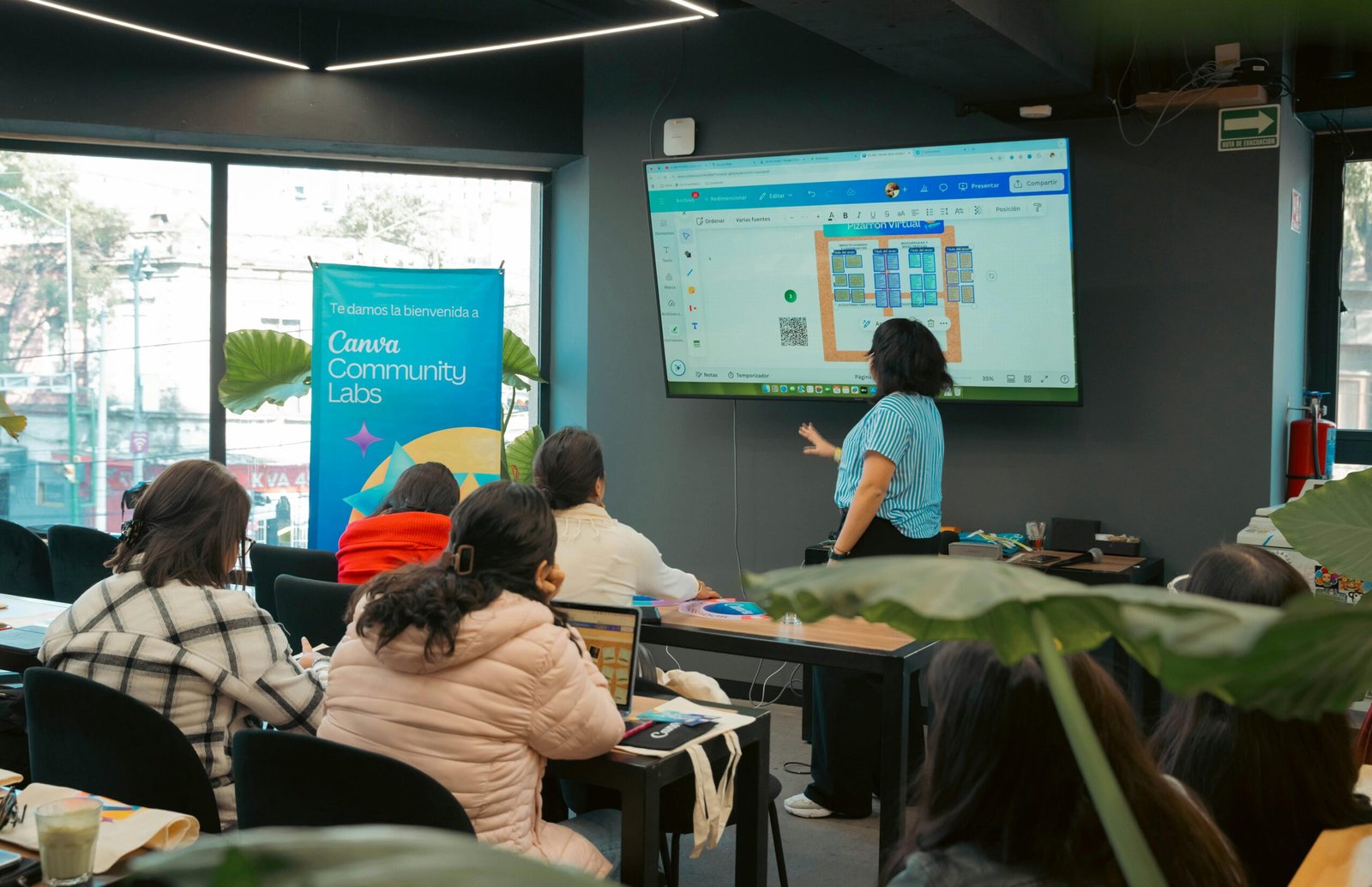Education today is rapidly evolving. Traditional classrooms no longer meet the diverse needs of students in a fast-paced, tech-driven world. New models of teaching are emerging that integrate digital tools, flexible spaces, and personalized learning strategies. Among these, one framework has gained attention for its ability to reshape how knowledge is shared and skills are developed.
This article explores the concept in depth, its features, benefits, challenges, and the future trends shaping the way students and educators interact.
Understanding the Concept of Classroom 15x
At its foundation, this model represents a transformative approach that blends digital technology with human-centered teaching practices. Instead of relying solely on lectures, it emphasizes active participation, inclusivity, and adaptability.
Key principles include:
- Flexibility in learning methods
- Integration of cutting-edge tools
- Personalized learning paths
- Collaboration-driven outcomes
- Scalable models for different institutions
The Evolution of Digital Learning in Classroom 15x
Education has shifted dramatically over the past two decades, and this model reflects that change.
Drivers of Change:
- Technological progress (AI, VR, cloud computing)
- Changing student expectations for interactive, engaging learning
- Global accessibility through hybrid and remote education
These drivers ensure that modern classrooms are no longer confined to four walls but instead exist across digital and physical spaces.
Key Features Defining Classroom 15x
Some of the most important features include:
- Personalized, adaptive learning systems
- Blended in-person and online approaches
- Real-time analytics and feedback
- Gamification for motivation
- Collaborative platforms for group work
- Teacher empowerment through automation
Benefits of Classroom 15x
For Students:
- More engaging lessons
- Individualized progress tracking
- Collaborative opportunities beyond the classroom
For Teachers:
- Reduced administrative burden
- Tools for interactive lesson design
- Better monitoring of student outcomes
For Institutions:
- Scalable, future-proof systems
- Improved student retention
- Data-driven curriculum improvement
The Technology Powering Classroom 15x
- Learning management systems (LMS)
- AI-based tutoring and analytics
- Smart devices and interactive boards
- Cloud storage for accessibility
- Collaboration software for projects
Together, these tools build a connected ecosystem for education.
Real-World Applications of Classroom 15x
- Universities: Blended programs to serve diverse student groups
- Schools: Adaptive learning for varied skill levels
- Corporations: Microlearning modules for employee development
Challenges of Classroom 15x
- Infrastructure and budget constraints
- Need for continuous teacher training
- Addressing the digital divide
- Resistance to adopting new models
Best Practices for Implementing Classroom 15x
- Start small and scale gradually
- Invest in teacher professional development
- Ensure inclusivity and accessibility
- Use analytics responsibly
- Gather continuous feedback
Future Trends of Classroom 15x
- AI tutors for instant, adaptive guidance
- Metaverse-based immersive learning spaces
- Blockchain for secure academic credentials
- Sustainable EdTech solutions
Frequently Asked Questions (FAQs)
Q1: What is classroom 15x in education?
It’s a forward-thinking model that combines digital tools, personalization, and collaboration to improve teaching and learning.
Q2: How does classroom 15x enhance student engagement?
By using gamification, adaptive learning systems, and collaborative platforms that encourage active participation.
Q3: Can classroom 15x work in small schools?
Yes, it can be adapted gradually with basic digital tools before scaling to advanced systems.
Q4: What role does technology play in classroom 15x?
It supports everything from content delivery and collaboration to analytics and personalized feedback.
Q5: What are the main challenges of classroom 15x?
The biggest issues are funding, teacher training, and ensuring equal digital access for all learners.
Q6: Is classroom 15x relevant for corporate training?
Absolutely—it is widely used in professional development, onboarding, and employee training programs.
Q7: What future innovations will shape classroom 15x?
Expect AI tutors, immersive virtual spaces, and blockchain-based certification systems.
Conclusion
The future of education lies in embracing innovation that blends technology, personalization, and collaboration. This model does not just transform teaching—it redefines the way students learn, teachers teach, and institutions deliver education.
By adopting it strategically, schools, universities, and corporations can ensure they remain relevant in a world where adaptability is key. The journey may present challenges, but the opportunities for growth, inclusivity, and improved outcomes make it a path worth pursuing.









